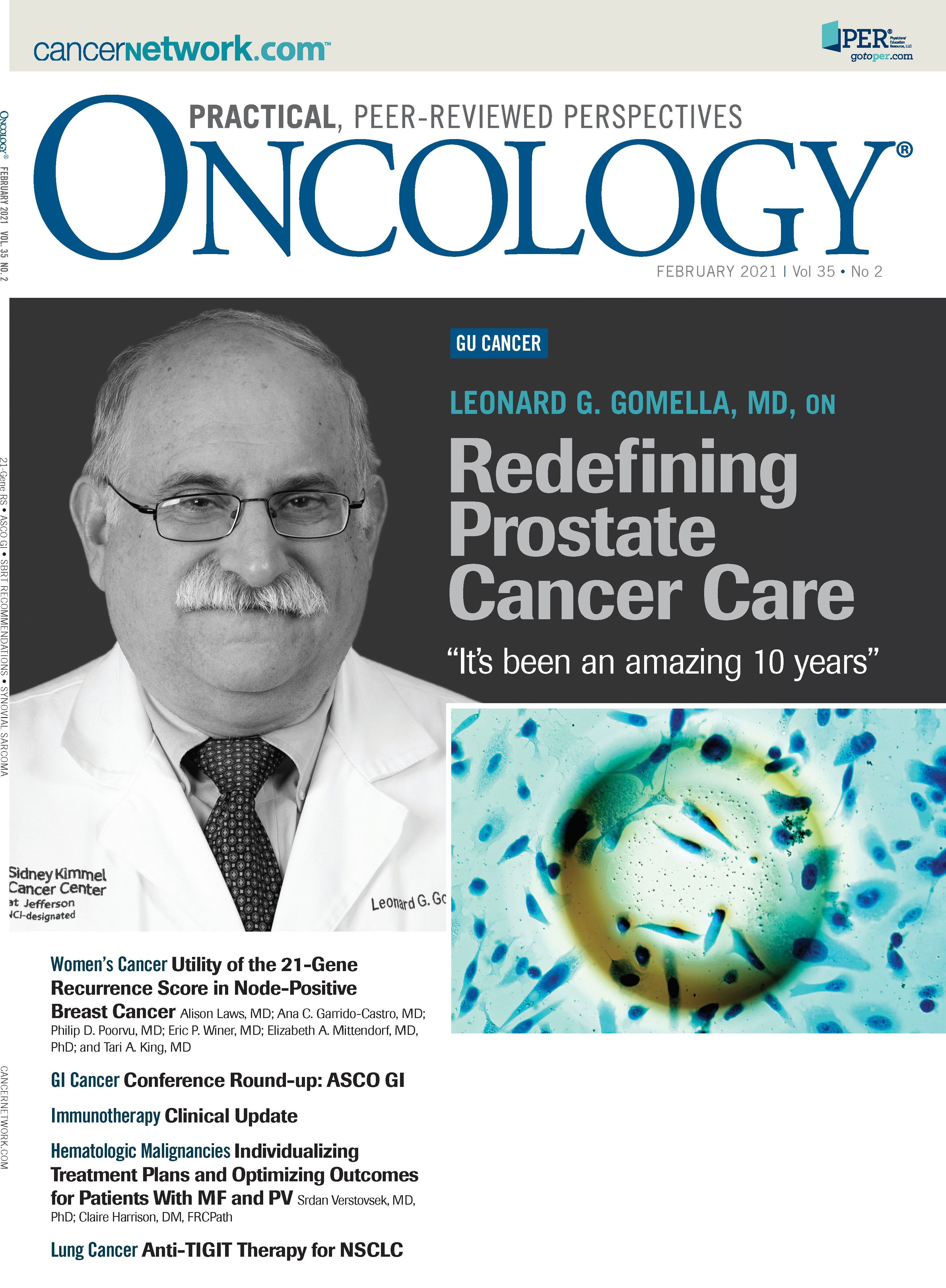A Triumph of Science: How Pharmaceutical Innovation Helped Save Our World
Amid the uncertainty, researchers, clinicians, and pharmaceutical companies rose to face one of the greatest medical challenges of our time.
In March 2020 the United States was in the early stages of the coronavirus disease 2019 (COVID-19) pandemic. We shut down the entire country and ground the economy to a halt to slow the spread of the virus. It was a time of incredible uncertainty.
Now, a mere 9 months later, the FDA has approved 2 COVID-19 vaccines for use under emergency authorization. By New Year’s Day 2021, millions of Americans had received the vaccine, including frontline physicians, health care providers, and nursing home patients, our most vulnerable citizens.
Nine months. Take a moment and think about that.
At times, the mainstream media has crafted a narrative about the COVID-19 pandemic that’s almost entirely negative. They have often described the US response to the pandemic as blundering from 1 mistake to the next. This narrative is false.
There is of course, another way—perhaps a more accurate and underappreciated way—to tell the story of the past 9 months. It is a story of heroism, innovation, and precise science, performed under unbelievable pressure.
Let’s not mince words: The US and the world must appreciate the role of the pharmaceutical industry—the investigators, physicians, and business leaders—who are working tirelessly to rescue the world from COVID-19. It’s the medical breakthrough of our lifetime.
Instead of dwelling on why many in the media are ignoring this, let’s review some facts.
- Since the discovery of COVID-19, here is what scientists have accomplished: They identified a novel virus; unlocked and sequenced its genetic code; created new therapies to save lives; and developed multiple safe and effective vaccines using messenger RNA technology, a technology hopefully applicable to future vaccine development. Margaret Liu, MD, a biomedical scientist and member of the MJH Life Sciences™ COVID Coalition, called it a breakthrough for mRNA vaccines.
- The United States has 2 vaccines approved for emergency use, 1 from Pfizer/BioNTech and another from Moderna, and the AstraZeneca/Oxford vaccine has been approved for emergency use in the UK. In addition, there are 64 vaccines undergoing clinical trial at the moment, including 20 in phase 3 trials. In the U.S. and throughout the world, the pharmaceutical industry has answered the call and invested heavily in this effort.
- This was the fastest vaccine development program in history, and it’s not even close. David Pride, MD, PhD, a microbiologist at the University of California, San Diego, estimates that vaccines typically take 10 to 15 years to develop. Until the COVID-19 pandemic, the fastest development timeline was 4 years, for the mumps vaccine.
- Many government systems moved quickly to lessen the burden of onerous regulations and provide funding so that vaccines could be developed quickly but with rigorous standards. Perhaps it should be a lesson to all of us that regulation and innovation can be calibrated more effectively during “normal” times as industry races to develop new therapies for other epidemics—cancer, diabetes, heart disease, and more.
The next step of the process—distribution of the vaccine—has been as challenging as the development phase, if not more so. But the pharmaceutical industry is once again rising to the occasion and factories worldwide are working overtime to produce hundreds of millions of vaccine doses.
Less than a month after the Pfizer vaccine was approved, more than 15.4 million doses of vaccine have been distributed throughout the country, and more than 4.6 million individuals have received their first dose, according to CDC data. Many patients are already receiving their second dose.
Although 15.4 million doses are impressive, some expected 20 million doses. But that is moving the goal line, as 6 months ago many observers didn’t think a vaccine would be available until 2021.
Members of our COVID Coalition told us that the holidays slowed the rollout considerably. But every day, more people will be vaccinated. After health care workers and our most vulnerable citizens, other frontline workers will be next. Teachers will be vaccinated so our children can return to school. And soon, all Americans will be able to receive the vaccine at their doctor’s office or at a CVS or Walgreens.
Remember, we accomplished this in 9 months, with the help, dedication, and expertise of our pharmaceutical industry heroes. Next time you turn on the TV and see negativity, turn it off and imagine instead where we will be in 9 months.
Mike Hennessy Sr is the founder and chairman of MJH Life Sciences™.
